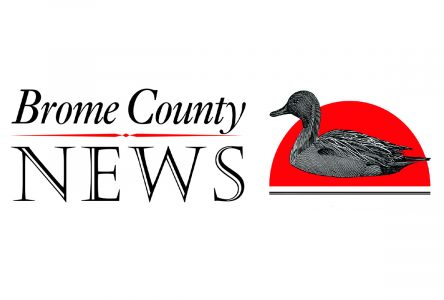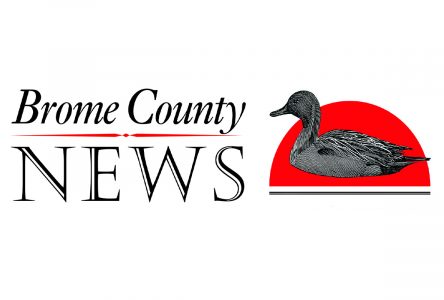Brome’s Patch Farm selected as participant and will develop niche market
Meagan Patch, a fifth-generation farmer on Patch Farm in Brome, is taking part in a five-year pilot project titled Production de poulets pour les marchés de proximité coordinated by Eleveurs De Volailles Quebec. The project will allow Patch to expand the farm’s operations to raise, produce and sell pastured chicken, a market that is slowly emerging in the province, directly from the farm to the local community. Patch was one of very few farmers selected from hundreds of applicants to take part in the project and she believes it’s an important step to help farmers meet the demand for this particular market, to be more viable, and to create a more localized food system.
“Here, we run a diversified operation. We’ve been raising chickens for a number of years now, but because of the quota system we are only allowed to raise a certain amount,” explained Patch. “For a long time, we were allowed 99, but it was recently put up to 300 per address per year, but because we want to expand our activities here it wasn’t enough. We need to do more for it to be worthwhile economically so hopefully this is a step in the direction in making that stream and that activity more viable on our farm.”
It is difficult for small-scale farmers to get quotas to raise chickens. The EVQ only provides enough quota, usually to large-scale producers, to just meet demand every year to avoid flooding the market. The pilot project will help bridge that gap by allowing participants to raise up to 2,000 chickens.
“We barley touch the market at all at this rate – we are 1% of the market I believe. The quota system is meant to supply the grocery chains and larger essentializes system. This is just to enable us to produce enough for people looking for something more local and more ecological.”
Patch pastures her chickens, a more recent and sustainable alternative to raising chickens, in support of her animal’s welfare. “People locally raise backyard chickens, but they tend to be yarded, eat grain, and feed families and friends. The model that I’m using has existed for a while, but has come to Quebec more slowly. It’s a model of really getting them out on the land and moving them every day. They are integrated in a complex system to boost the health of the land and improve their well-being. It’s cleaner, they are moved often so they aren’t sitting in their excrement, and we use GMO grains.”
She described pastured chicken as “a little niche market” outside of the conventional chicken that is normally produced that isn’t being served enough in the province. “The system hasn’t converted, it’s a thing in and of itself. It’s really different from the conventional system. This program is supporting a different approach to supplying chicken to the local market.”
The local market is a key aspect of the project. “One criteria is that you can’t sell through a third party, we have to sell directly from the farm. We can’t put my chicken in a little épicerie or any of my caterer clients or restaurant clients. It’s direct to customer.”
Many small farmers felt limites to the quota were unfair, making it difficult to move their operations forward, and that a diversified market for chicken was needed. “The market is meant to serve the centralized food system, the grocery chains, Olymel, and other institutions to meet the demands of those markets. This is increasingly just getting on the radar and there was pressure from organizations that said it’s not fair that Quebecers can only have this one type of chicken. They need to allow people to produce more using our model, so this is them (EVQ) responding to that need.”
The pandemic provided a good example of why such a project is important for the agricultural sector and food security. “Everything is coming from large scale producers and going to large chains and large food processors, but then there was the pandemic and there was little food going to these chains. Small-scale local farmers were able to pivot and deliver door-to-door. We worked together to make sure we could supply people with food. That’s what we need for stability in our food system and security really.”

